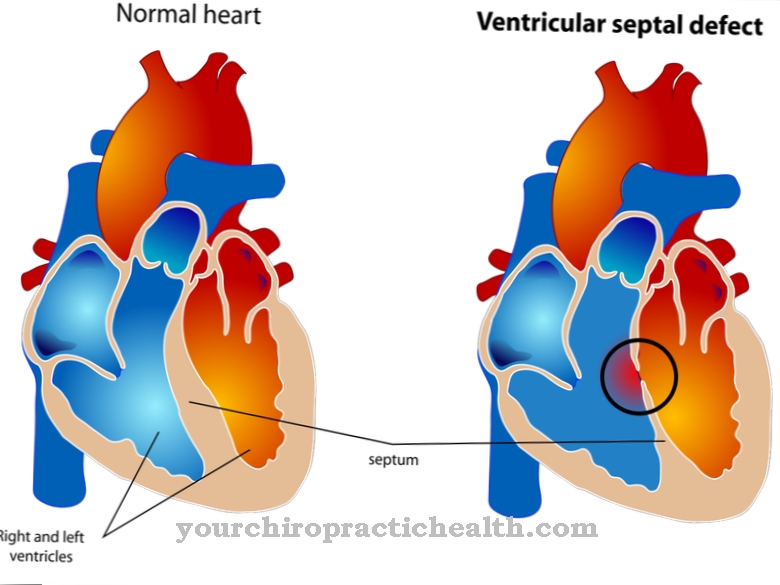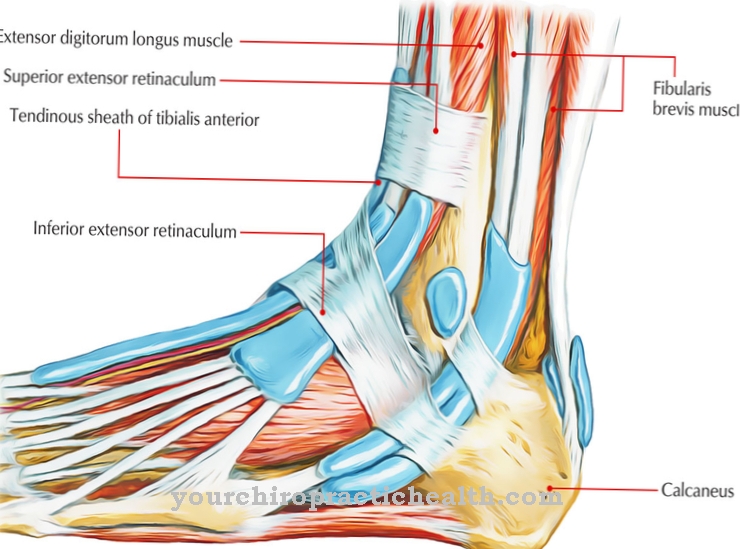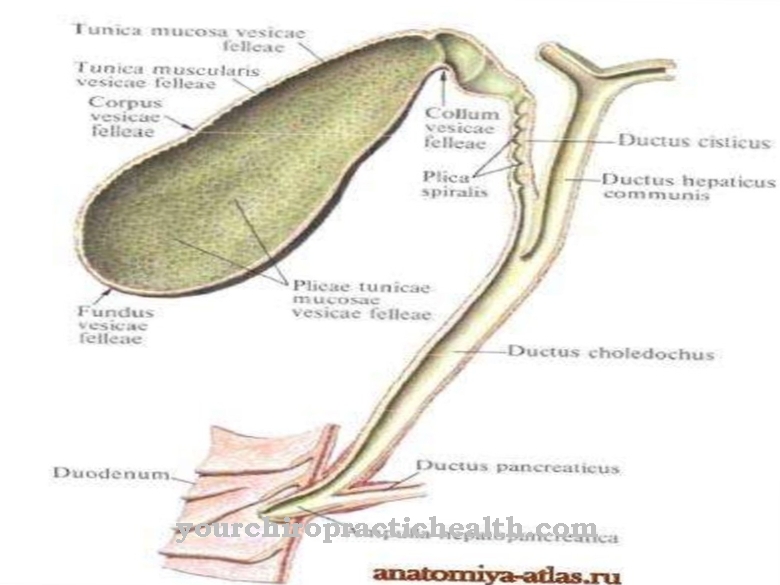Air sacs (alveoli) are important components of the lungs. They are responsible for the exchange of gases between the blood and the outside world. The alveoli ensure the intake of fresh air and the removal of the carbon dioxide produced by breathing. If the alveoli are damaged, breathing is severely restricted. Curative treatment options for damage to the alveoli do not currently exist; With appropriate therapies, a certain level of quality of life can be maintained.
What are alveoli?

The alveoli are a central part of the lungs. They are at the end of the bronchi or bronchioles. They are responsible for a smooth gas exchange between the body and the environment. Humans have around 300 million alveoli.
The alveoli are well protected by the bronchi lying in front of them, so that they are usually not affected even in the case of severe infections. However, if the alveoli are massively damaged or killed due to high levels of pollution, the respiratory function cannot be maintained.
Once the alveoli are destroyed, they neither grow back nor can their function be taken over by other sacs. Diseases that can be traced back to the destruction of the alveoli cannot be treated curatively.
Anatomy & structure
The structure of the lungs resembles a tree. The windpipe (trunk) opens into the lungs. There the tube branches into countless branches, the bronchi. In turn, very fine branches, the bronchioles, hang on the bronchi. On the bronchioles there are small, leaf-like extensions, the alveoli.
Gas exchange takes place in the alveoli. There are around 300 million vesicles in both lungs. Each alveoli has a diameter of about 0.2 millimeters. Spread out, this results in a total surface of almost 100 square meters. For comparison: the skin has an area of around 2 square meters. The alveoli are spanned by a network of hair-thin blood vessels. Between the blood vessel and the alveoli there is a permeable layer of skin that helps the gas exchange.
The skin layer is permeable in both directions, so that on the one hand fresh air can be released from the alveoli into the blood vessel. On the other hand, the alveoli absorbs used air and releases it to the outside. The alveoli are hollow inside. They can store the fresh and exhaust air in the cavities for a short period of time. Individual alveoli are separated from one another by a membrane.
Function & tasks
The main task of the alveoli is to ensure the gas exchange between the body and the environment that takes place during breathing. While breathing, the lungs first take in fresh air from the environment.
The air is transported via the trachea, bronchi and bronchial tubes to the alveoli. There, the alveoli stores the air you breathe in a cavity and then releases it through a thin layer of skin into the blood vessel that surrounds it.
The other way around, the gas exchange works in a similar way: The blood vessel transports the used exhaust air to the alveoli. There the harmful carbon dioxide diffuses from the blood into the cavity of the alveoli. It is stored there briefly and released into the environment with the next breath.
Illnesses & ailments
Pulmonary alveoli usually do not cause any discomfort. Even with a severe cold, bronchitis or asthma, the alveoli are well protected by the bronchi and bronchial tubes. Only with chronic damage to the bronchi can the alveoli be damaged; normal breathing is then no longer possible.
Numerous pollutants get into the lungs through breathing. During normal stress, the lungs can easily remove pollutants with the help of the bronchi and alveoli. However, if the load is permanently too great, the mucous membranes of the bronchi swell first. In order to be able to remove the mucus, the person coughs and expels the mucus (sputum).
If the exposure continues, the production of mucus and with it the narrowing of the airways continues and cannot be reversed, even if the pollution does not occur. In the further course of the COPD disease (COPD = Chronic Obstructive Pulmonary Disease) the alveoli are damaged. The damage manifests itself in a complete destruction of the alveolar skin. So-called emphysema vesicles develop. The emphysema vesicles puff up and take up significant space in the lungs without serving any purpose.
The lung capacity decreases, the patient increasingly suffers from shortness of breath. In the worst case, the patient can no longer participate in everyday life due to the shortness of breath, but is relatively unable to move. The most common cause of COPD is heavy smoking. Sooner or later, smokers almost certainly get COPD.



























